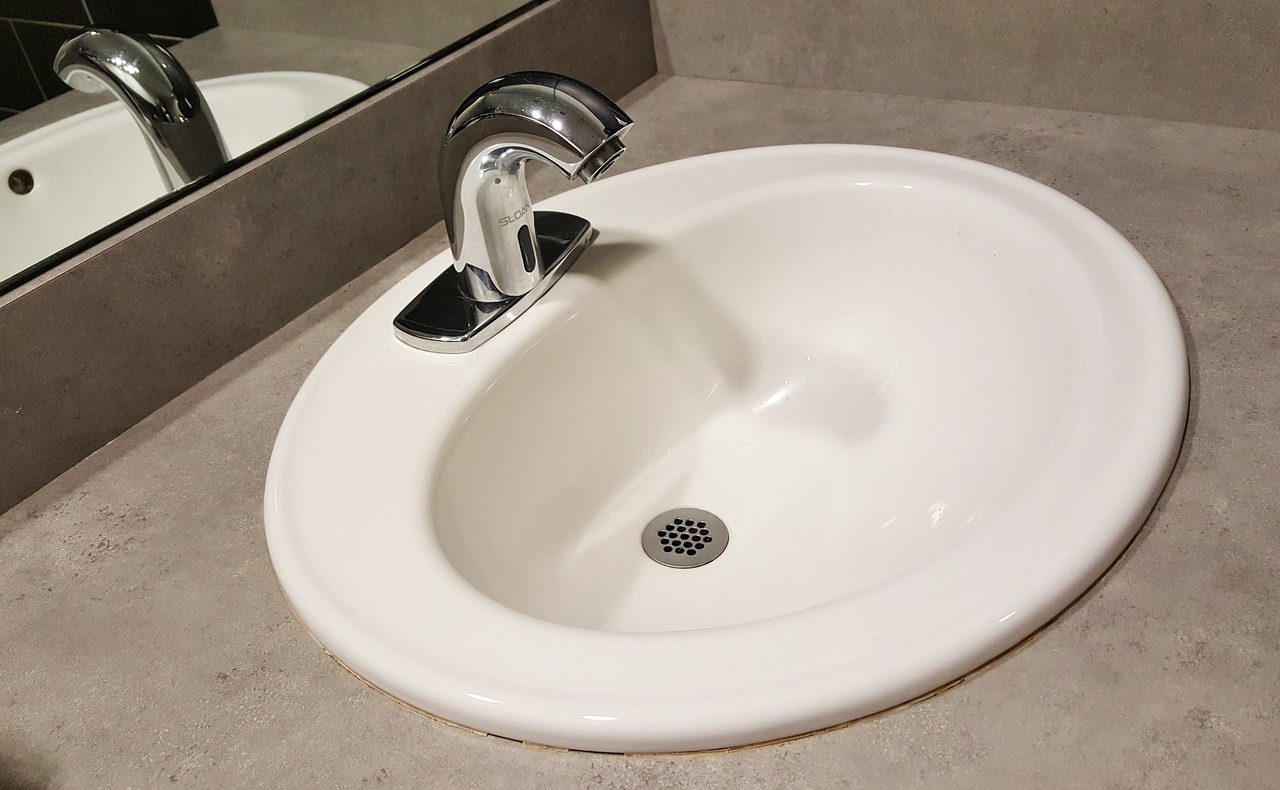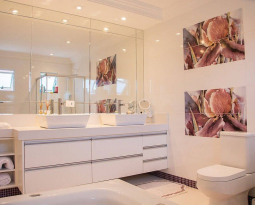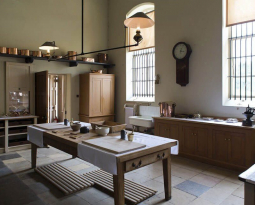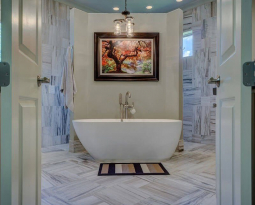How to Install a Bathroom Vanity
No matter the size and style of your bathroom, your vanity is likely the focal point of your space. It’s a stylistic, functional piece that you use every day. As a result, installing a new vanity to replace the old one or transforming your space with a sleeker look is an excellent choice for any home.
If you’re exploring the topic of how to install a bathroom vanity, you’re probably asking yourself whether you can really do it yourself. Well, the truth is that more and more homeowners are considering DIY vanity installation to save costs, and you can do it too. Here, we’re going to provide a simplified step-by-step process on how you can install your favorite type of bathroom vanity.
First Things First – Choose a Vanity
Before you get started with installing a new vanity, you need to find one that fits your style and needs. There are, essentially, two options to choose from: free-standing vanities for small spaces and built-in vanities that can either be fixed at a corner or on wall-hung to provide more counter space. It’s also important to think about the material of the vanity:
- Wood – Last longer but will cost more
- Metal – Ultra-sleek look and extremely strong
- Glass – Perfect for modern & contemporary bathroom designs
Compare other material combinations before you get started on how to install a bathroom vanity. You should also consider whether you want a vanity on its own or one with a sink. Do you want a single or double sink vanity? If you opt to have a sink, do you want a vessel, self-rimming, under-mount, or pedestal sink? Consider all these options before making a choice.
How to Install the Vanity
Tools and Materials You’ll Need
| Tools | Materials |
| Adjustable Wrenches Bucket Chisel Drill with Bits Hacksaw Hammer Locking Pliers Pipe Wrench Propane Torch Rags Safety Glasses Stud Finder Utility Knife Work Gloves |
Vanity Sink (If you need one) Bathroom Caulk Mineral Spirits Shims Silicone Adhesive Pipe Solder Wall Anchors |
Removing the Old Bathroom Vanity
You’re going to take out the existing vanity and sink so you can install the new one. Remember that learning how to install a bathroom vanity takes time if it’s your first time, so don’t rush into it without following the right steps. Here’s how to do it:
- Turn off your water supply at the main valve or under the sink, then turn off the faucet so you can relieve any pressure that is left in the water supply lines.
- Loosen the slip nut found at the top of the P-trap or remove the entire trap altogether. Have a bucket ready to catch any water that could be in the trap.
- Disconnect your water supply lines using a wrench if necessary.
- Cut the sealant along the vanity and sink backsplash with a utility knife, then tug on the sink top to remove it from the wall.
- Remove the sink from the bathroom vanity base and check for screws or glue to ensure you’re doing it right. For glue, you may need a hammer and chisel to separate the sink from the vanity.
- To remove the vanity from the wall, take out the screws at the back of the vanity base and pull it out without causing damage to the wall.
How to Install the New Bathroom Vanity
Clean and prep the install area, then follow these steps to ensure a sturdy installation. Bathroom vanity tops often come with the manufacturer’s instructions on how to correctly install the vanity.
- Start by marking the outline of the new vanity on your wall. Mark the height of the vanity in three different locations as well as the width. Make sure you choose the right height for comfortable use.
- The next step is to locate the studs on the wall using a stud finder so you can mark them within the outlined area you’ve just completed above.
- The majority of bathroom vanities come with open backs that allow easy installation. If yours has a closed-back, you’ll need to cut holes for the plumbing. First, measure the distance from your outline on the wall to the plumbing pipes. Transfer the measurements you’ve taken onto the new bathroom vanity back and carefully cut the holes using a hole saw.
- To make your installation work easier, you can remove the vanity doors and drawers. Make sure to refer to the provided directions on how to remove and install them on the bathroom vanity.
- Set the bathroom vanity in place while ensuring that it’s well lined up with the marks you’ve made on the wall. Check that the vanity is level side-to-side and front-to-back. Use the adjustable feet on the bottom to make small adjustments. Alternatively, you can use shims to make the adjustments by sliding them under the base and cutting to fit with a utility knife.
- Drill a pilot hole through the bathroom vanity back into the wall stud. If you have tile walls, make sure first to use a tile bit, and then use a wood bit for the stud. If you have holes that are not in line with your studs, make sure to use wall anchors. After that, secure your vanity with the screws provided. Now you’ve learned how to install a bathroom vanity.
Installing the Sink

If you’re installing a sink too, it’s time to add it to the vanity and connect the plumbing lines.
- Assemble the faucet and the drain on the sink before installing it on the bathroom vanity.
- Add a thin bead of silicone adhesive to the sink’s rim opening in the vanity and be careful not to apply it on the face of the vanity.
- Get an extra hand to carefully set the sink top on the bathroom vanity so you can ensure that the plumbing is well-lined up. Allow the adhesive to cure.
- After that, you can now reconnect the drain. Get a plumbing kit if your tailpiece is too short or cut it if it’s too long.
- Reconnect your supply lines. It’s a good idea to replace any old water supply valves and other fittings. What matters most is following the correct steps when replacing valves on your brass or copper pipes.
- Once you’ve installed the new valves, you can now turn on the water and let it run for a while to check for any leaks. Then, attach the supply lines to the new valves.
- Apply the right type of bathroom caulk along the back edges of your sink and clean up any excess.
- Turn on the water on the sink tap to check for leaks and make small adjustments if necessary.
- Reattach the bathroom vanity doors and drawers you removed to finish the process of how to install a bathroom vanity. And now, your vanity with an operational sink is fully installed.
Shop Bathroom Vanities Now
Whether you have a traditional, modern, contemporary, or transitional bathroom design, adding a new bathroom vanity is one of the best ways to update your bathroom. Get started with your bathroom renovation project by visiting our showroom at Builders Surplus Kitchen & Bath Cabinets. We have 65 different vanity styles in stock to choose from, including double sink vanities. See which styles you like best.







